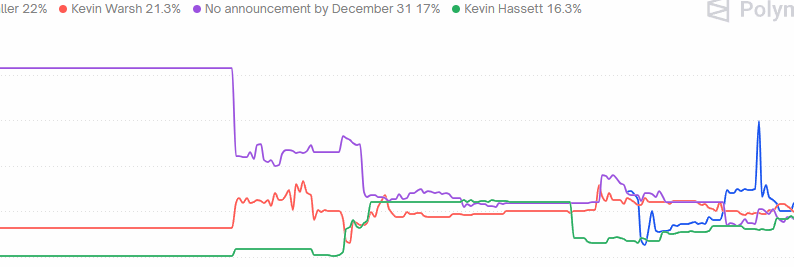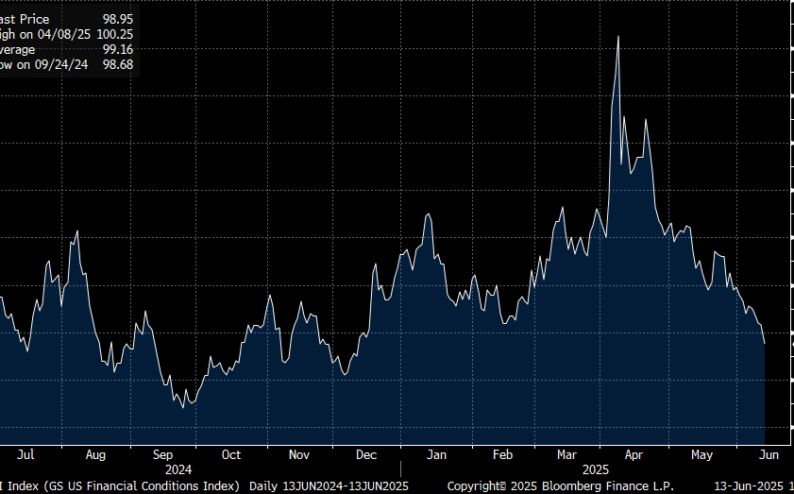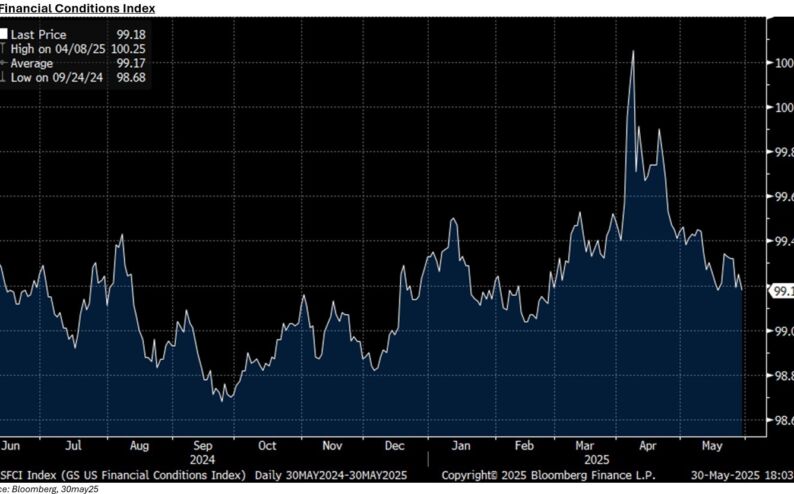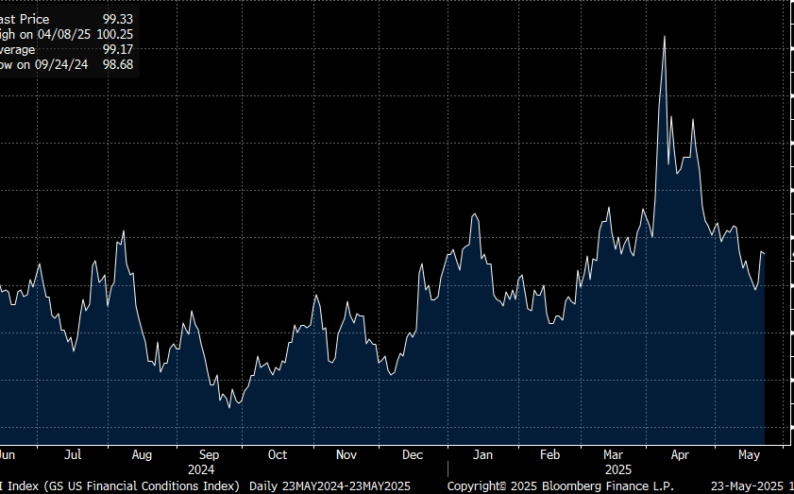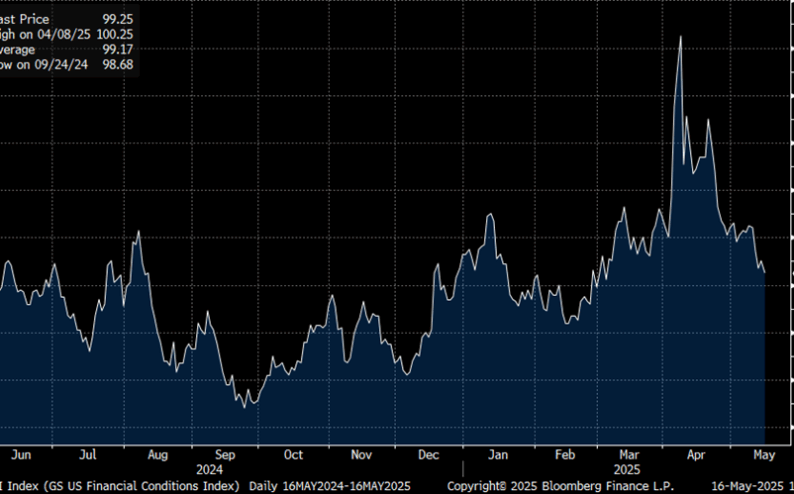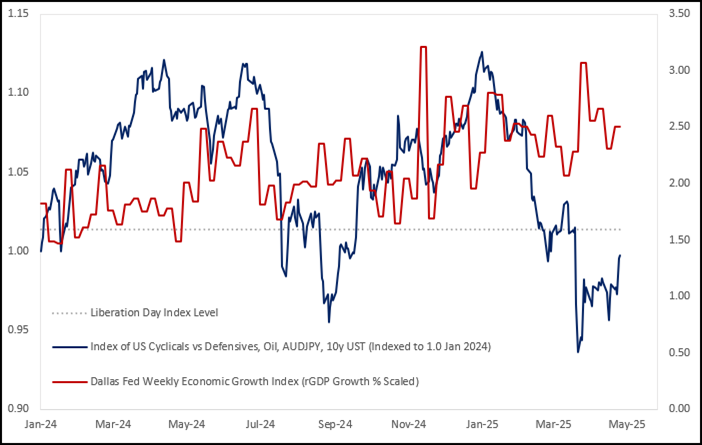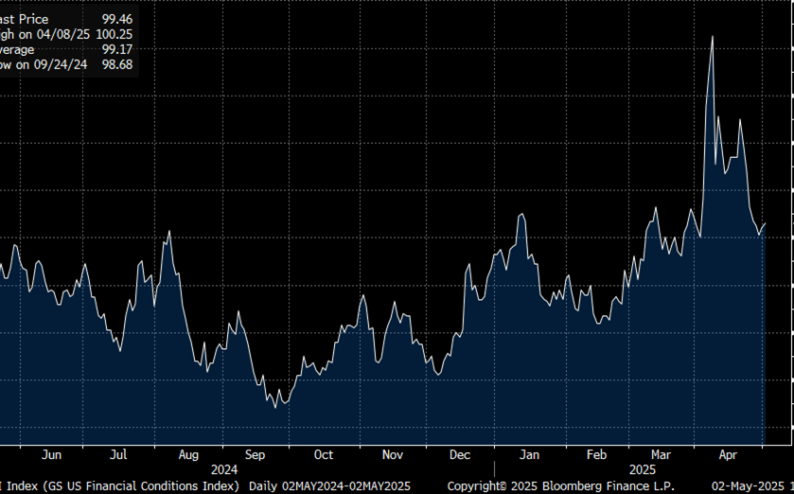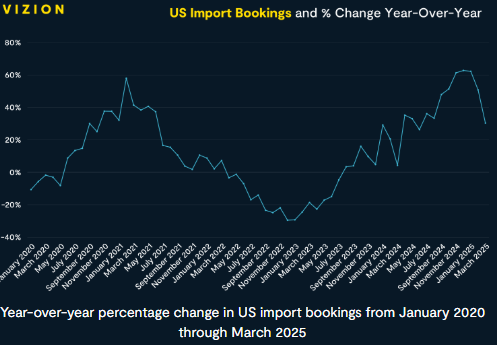- English
- 简体中文
-
Who We Are
- What We Do
- News & Insights
Q&A with Pete Giacchi on the Future of Direct Listings
The direct listing model continues to generate interest, as illustrated by our recent achievement of taking two companies public through direct listings in just one day—a historic moment that markets had previously never witnessed.
To learn more about direct listings, we sat down with Peter Giacchi, our Head of DMM Floor Trading and a Senior Designated Market Maker (DMM), on the floor of the New York Stock Exchange (NYSE) to hear his thoughts on the future of companies going public.
The trend of direct listings started with Spotify and Slack, but has been rare since then. What do you believe the catalyst is behind companies like Palantir and Asana deciding to use this method of selling shares directly to the public?
The IPO process has evolved over time. At this point, there are three main avenues through which a company can go public—traditional IPOs, direct listings and special-purpose acquisition companies (SPACs). Direct listings are one of the most innovative ways for companies to go public, but they aren’t a fit for every company.
A direct listing is an appropriate route for companies that don’t need to raise capital by selling shares. While a traditional IPO will have a company selling shares with existing shareholders caught in a lock-up period of at least a few months, only existing shareholders are selling their shares to the market in a direct listing.
Put differently, direct listings are liquidity events that don’t have required lock-up periods for existing shareholders, so the supply and demand-driven event lets them access their liquidity quickly. This won’t be desirable for every company—which is why traditional IPOs are currently more common than direct listings—but it’s a creative and differentiated option for companies that do fit the bill.
What are some factors that might inform a company’s decision to choose a direct listing over a traditional IPO?
It really depends on the goal—if the company wants to raise capital by selling shares, a traditional IPO would be most appropriate. If the company doesn’t want or need to raise capital, direct listings could be a better option. The lack of a lock-up period is an incentivizing factor for companies; it’s interesting and rare to be able to provide shareholders, many of whom are company employees, with such instant liquidity.
That said, I don’t think that direct listings will overtake the traditional IPO anytime soon, since there will always be companies that want to raise capital and sell shares through the traditional IPO approach. But direct listings have become innovative alternatives for companies going public.
There is potential that direct listings could appeal to an even broader group of companies if the SEC approves a proposal allowing for primary capital to be raised through the process. This would be a significant evolution for the process and one that will be interesting to watch.
What is the significance of facilitating two direct listings on the same day?
It was not only a historic moment for Citadel Securities, but a historic moment for our DMM team. Making history is not new to us—we’re the only firm to have done four NYSE IPOs in a single day. We also were the first firm to execute an IPO remotely and worked with NYSE to develop the process for this to occur—but this moment was very exciting for our organization, nonetheless.
We embrace the opportunity to be pioneers in the industry and value the chance to be part of these historic transactions. Moreover, we don’t take for granted the fact that we are helping individuals find liquidity in the market—our broader goal is always making markets function properly so that individuals, companies and institutions can access liquidity.
How do you and your team prepare for a direct listing?
Preparing for a direct listing is inherently different than preparing for a traditional IPO due to the unknown factor of a direct listing’s pricing. With an IPO, the price and the potential number of shares are generally established ahead of time. With a direct listing, information only starts to become apparent on the morning of the event, despite the intense work that is done beforehand and behind the scenes.
What are the risks, if any, of doing a direct listing during a period of market volatility?
While there are risks in any transaction, direct listings work well for the right type of company. Direct listings are supply and demand-driven events—they are a democratization of the traditional IPO process. Many of the companies that have chosen to go public through direct listings already carry weight in the market and among institutional investors, so supply and demand is not an issue. The companies that are fit for direct listings are typically in well capitalized positions and are poised to benefit because of the existing appetite for their shares.
What differences have you noticed in the IPO market from earlier this year to today?
Despite the global health crisis, the capital markets have been decidedly strong this year. When NYSE shut down its floor earlier in 2020, we felt that it was our role and responsibility to keep markets moving so that individuals could access liquidity and companies could raise capital as needed.
Even though our business was active throughout COVID-19 (we worked on 12 of the 14 IPOs that took place during the NYSE shutdown), the pandemic caused a backlog of companies that were aiming to go public but were spooked by the timing. Now, later into 2020, that backlog is starting to clear out and return to a normal pace.
Another factor is the upcoming elections—companies are considering debuting before the election so that they are in good positions to ride out the aftereffects of the election’s outcome.
Explore
Market Insights - What We Do

